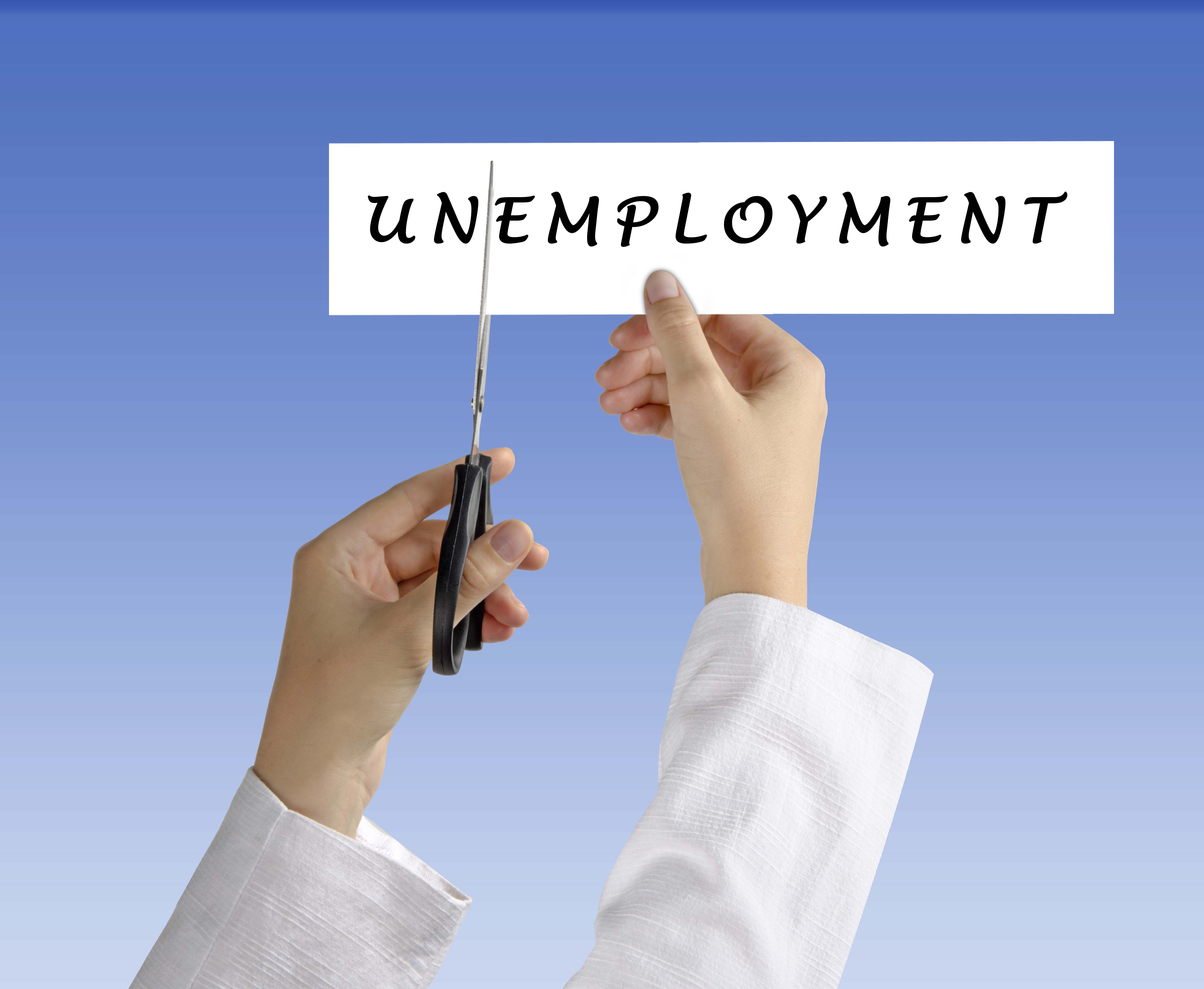Household Bills
UK employment hits record high but wages remain weak

The UK employment rate reached 74% in the first three months of the year, the highest level since records began in 1971. However, wage growth continued to disappoint.
According to the Office for National Statistics (ONS), there were 31.58 million people in work between January and March, 44,000 more than the previous quarter and 409,000 more than for a year earlier.
There were 1.69 million unemployed people, little changed compared with October to December 2015 but 139,000 fewer than for a year earlier.
The unemployment rate was unchanged from the previous quarter at at 5.1%, but lower than 5.6% a year earlier.
Wage growth was still below its long-term average, despite average pay, including bonuses, rising by 2% for the first quarter compared with 1.9% in the previous quarter.
Ben Brettell, senior economist at Hargreaves Lansdown, said: ‘The UK’s labour market is a bit of a curate’s egg, with high employment on the one hand and low wage growth on the other. Wages may have been supressed by the government’s auto-enrolment pension reforms over the last few years, which have meant employers have had to pay into retirement schemes for their staff, potentially encouraging them to dip into the wage bill to fund this extra spending.
“The new National Living Wage also adds to the wage growth conundrum. In theory this should lead to higher wages all round, but a recent CIPD survey showed that employers were looking to help settle the additional costs of the higher minimum wage by limiting wage increases for better paid workers. The National Living Wage came into effect in April, and so will officially start to feed into the labour market statistics from the next ONS release in June. One explanation for the high employment rate is that changes in retirement age are meaning fewer women are retiring between 60 and 65.”